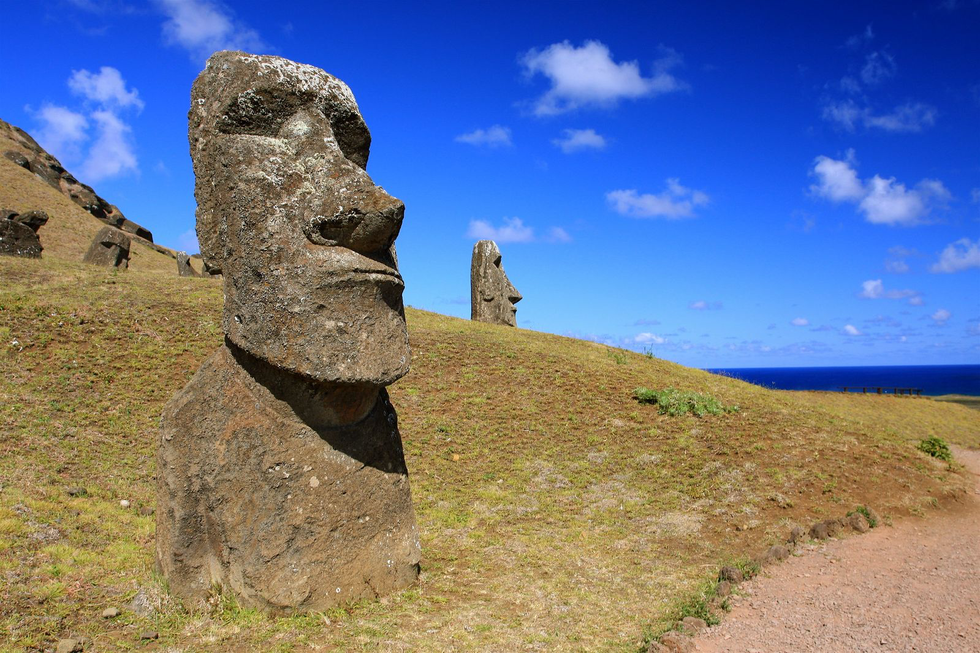
About Rapa Nui:
According to a report by the Director...
The diversion of phosphoric acid, a k...
Recently, tribal populations in many ...
Recently, the Department of Fisheries...
Recently, the Prime Minister of India...
Rapa Nui, also known as Easter Island...
Women-owned micro and small enterpris...
The government recently slashed the w...
A 59-year-old British man narrowly es...
The population of nesting birds has r...